Inductance and factors affecting inductance explained.
Electromagnetic induction
Electromagnetic induction is the process of obtaining electric current in a circuit with the help of a magnetic field. Magnetic field is produced by permanent magnets and electro-magnets.
Magnetic field is the area around a magnet in which the force produced by a magnet is detected.
Magnetic field is pictorially represented by flux lines, also kown as magnetic flux, as shown in the following diagram because the magnetic field cannot be seen.
Magnetic flux anables the study of distribution and density of magnetic field. In this article we may use magnetic field and magnetic flux interchangeably.

How electric current is obtained?
When a magnetic field is moved across a conductor, electromotive force is induced in that conductor.
If a conductor form a closed circuit, the induced electromotive force causes an electric current to flow in the circuit. This process is called Electromagnetic induction.
Voltage and electromotive force mean the same thing. Voltage has different names used to representing it depending with where it is being used. We call it electromotive force when we are talking about voltage that causes current to flow in a circuit, usually the source voltage.
-
Voltage is only induced in the conductor when there is a movement of either magnetic field across the conductor or a conductor moved across the field.
NB: There must be a change in flux linkage on the conductor for voltage to be induced in a conductor. - The magnitude or amount of induced e.m.f is proportional to the rate of change of the magnetic flux linking the circuit.
Laws of electromagnetic induction that govern the induced E.M.F in a conductor:
Inductance
When current flows in a conductor, the magnetic field is formed along the hole length of a conductor.
The produced magnetic field by current flowing in a conductor or coil, induces voltage in that coil or conductor which act in opposite direction of current responsible for its formation.
For voltage to be induced in a conductor or coil, there must be a change in flux linkage. In this situation, the changing in flux linkage is as a result of current changing in magnitude.
The property of a circuit whereby there is an e.m.f. induced into a circuit by the change of flux linkages produced by a current change is called Inductance.
There are two types inductance that are self inductance and mutual inductance. When the e.m.f. is induced in the same circuit where current is changing, the property is called self inductance (L). Inductors work based on the principle of self induction.
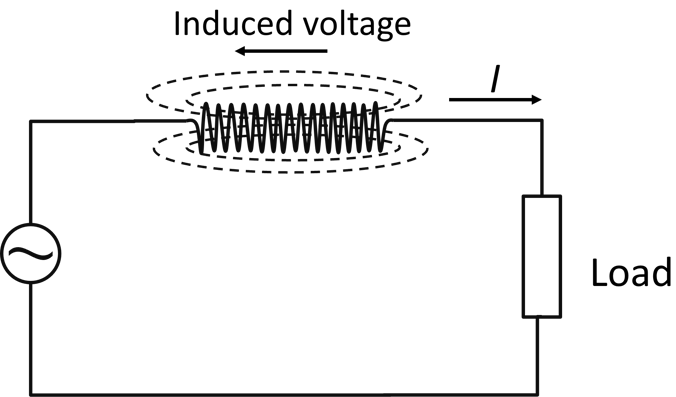
When the e.m.f. is induced in a circuit by a change of flux due to current changing in an adjacent (nearby) circuit, the property is called mutual inductance (M). This is the basic operating principle of transformers.

A device designed with a known value of inductance or made to introduce a known value of inductance into a circuit is called an inductor. In designing an inductor, the factors explained below are taken into account.
Factors affecting Inductance
Number of turns.
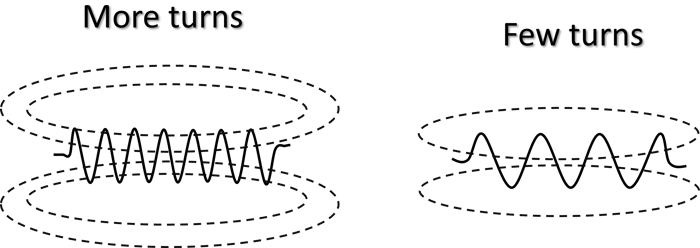
Inductance varies directly with the number of turns, that is if the number of turns is increased, inductance also increases.
More turns of wire mean more fields combine to form a strong magnetic field, and vice versa.
Cross-sectional area of the coil
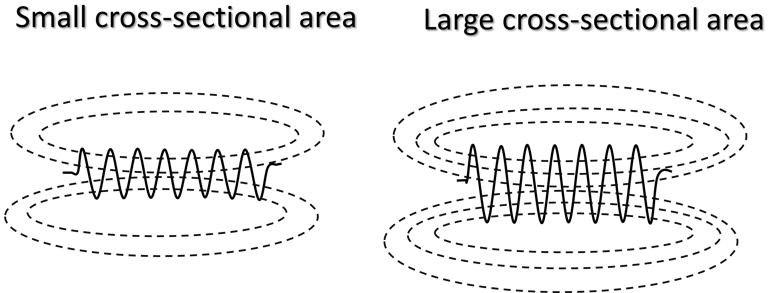
Inductance varies directly with cross-sectional area, if cross sectional area is increased, inductance also increase and vice versa.
Larger cross sectional area provides a greater space for magnetic field lines paths because field lines never cross each other but they may became distorted. Inductance is higher on larger cross sectional area than smaller cross sectional area.
Length
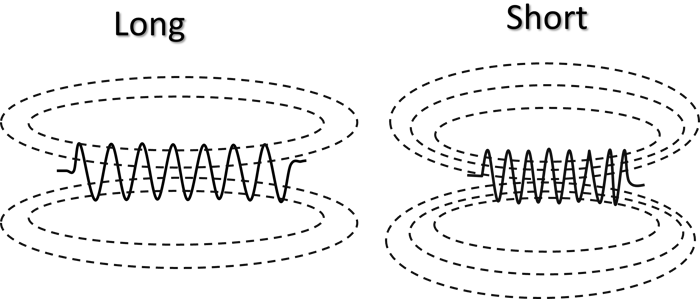
Inductance varies inversely with the length, that is as length increases, inductance decreases. This is because a longer path for the magnetic field lines results in more opposition to their formation. Inductance is high on short length.
Core material used
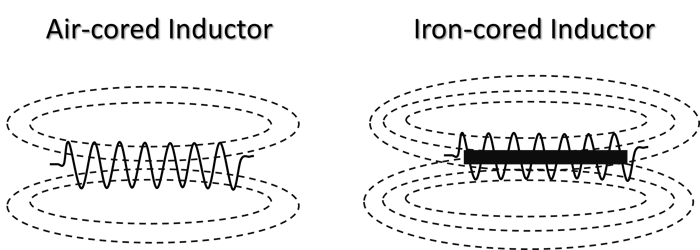
The core material provides an easy establishment of the magnetic field. Symbols of inductors are based on the core material used such as air. Inductance depends on the core material used.
Materials used as core material are rated based on the ease with which the magnetic field can be established through a material, called permeability. Iron core has a higher permeability than air. The higher the permeability, the higher the inductance.
To get the actual Inductance of an inductor, we combine the four factors in the formula formula. Inductance is equal to number of turns multiplied by cross sectional area and absolute permeability (UoUr or U) all over length

If you have made it this far, thanks for reading. Please consider subscribing to our YouTube channel for more electrical tutorials.